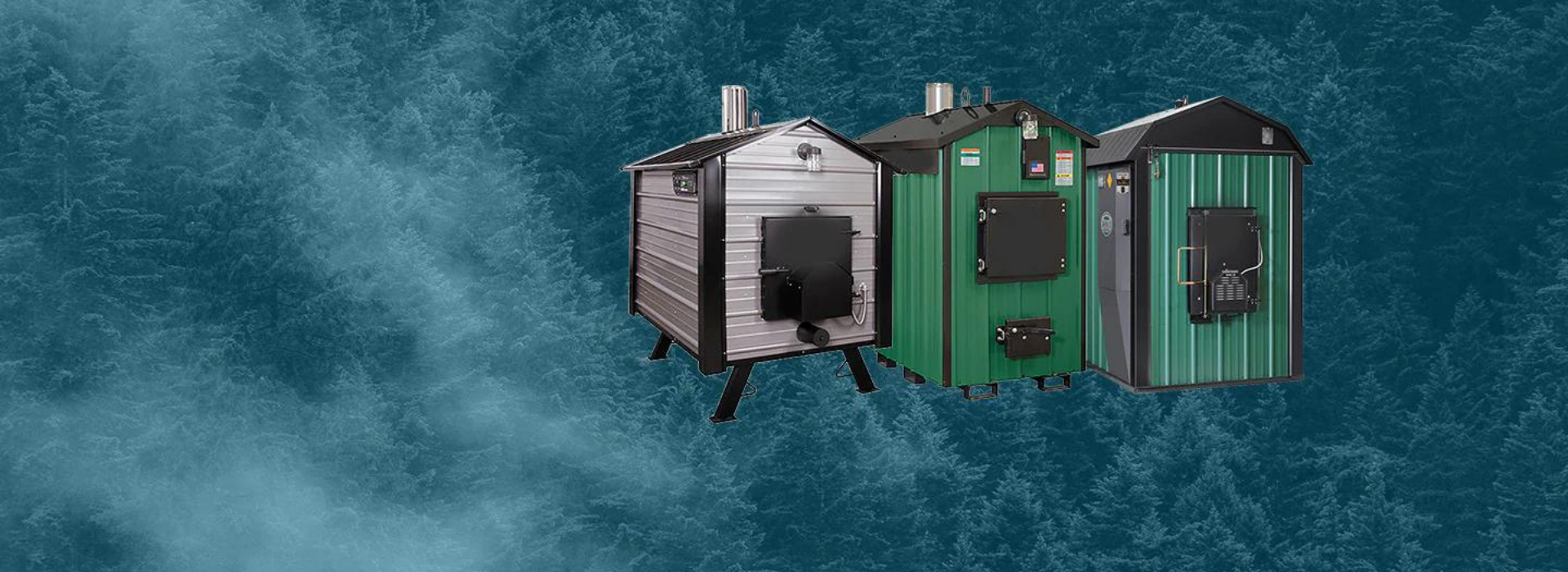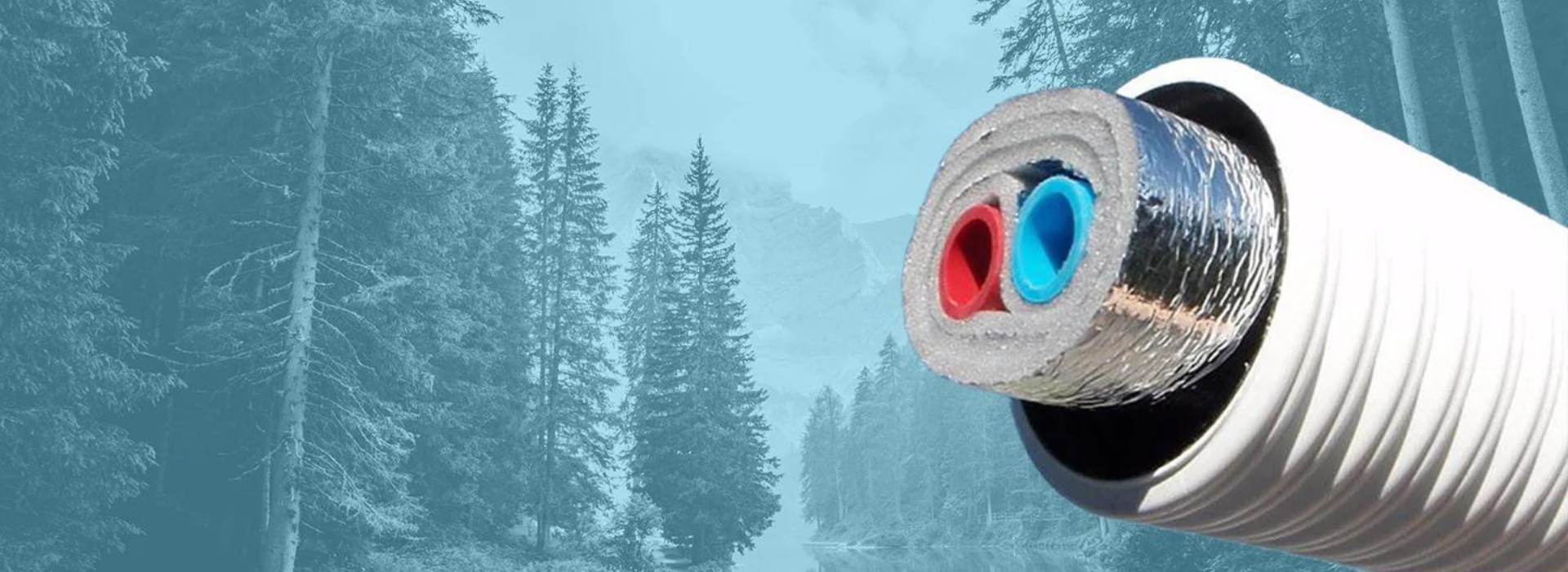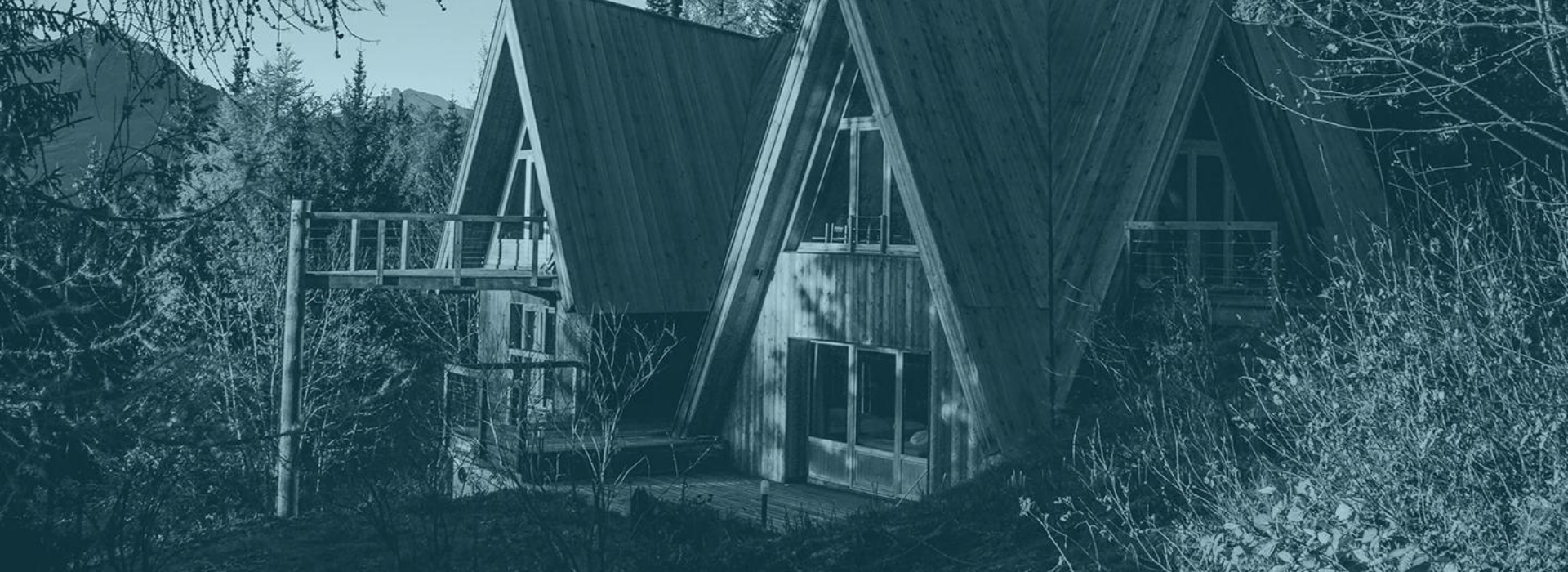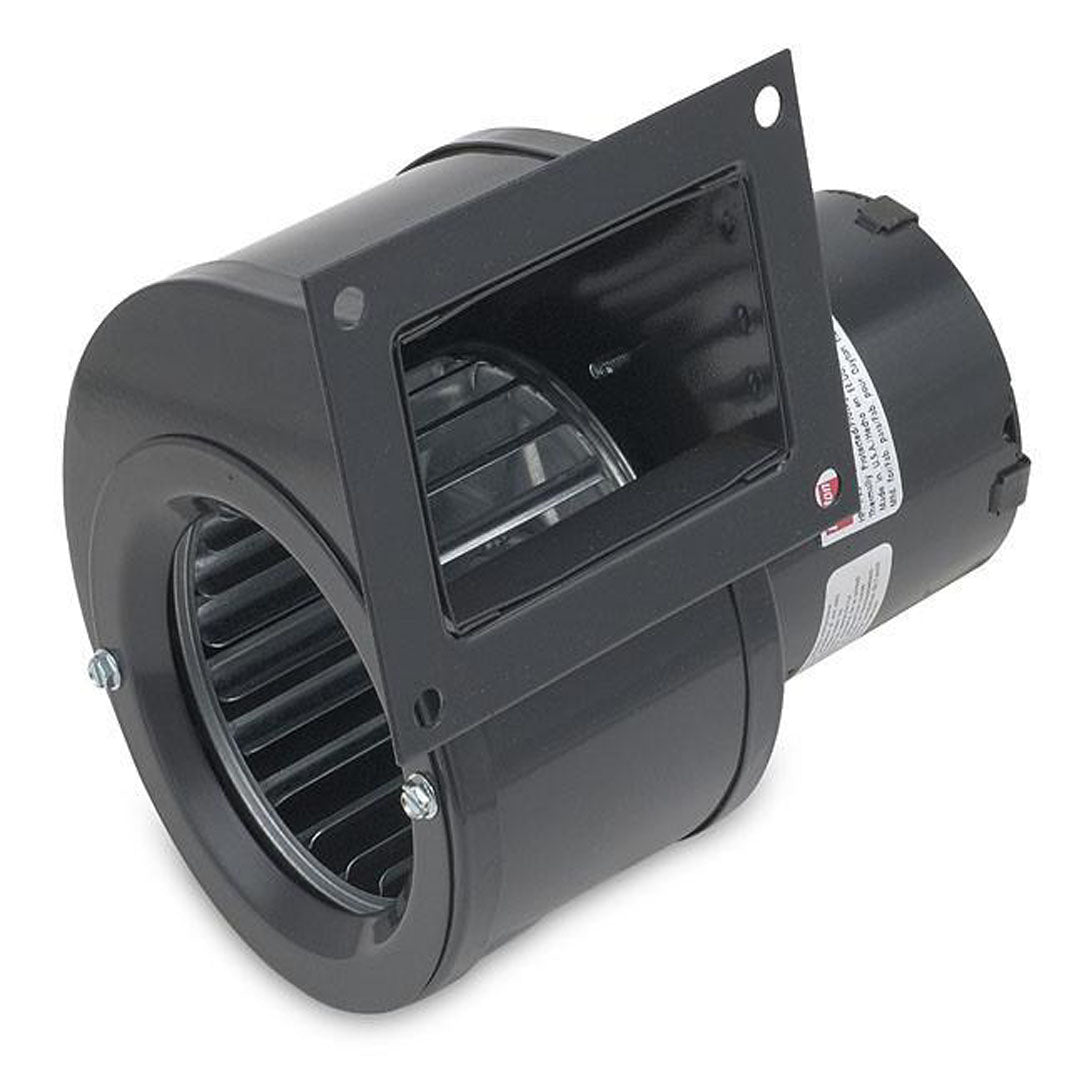The Ultimate Resource For Your Outdoor Boiler

ADD UP TO $250,000
TO YOUR RETIREMENT

GET 40 YEARS OUT OF
YOUR OUTDOOR BOILER

YOUR FAMILY
STAYS TOASTY WARM
FOR DECADES

OUR MISSION
ACCOMPLISHED
What will you do with the money you save?
When you protect your Outdoor Boiler investment, it will last for decades to come. You can use the savings for more important things, like time with your family.
This Website is The Most Powerful Resource For Your Outdoor Boiler
Most Of What We Have Is Free:

Outdoorboiler.com
The Ultimate Resource
With hundreds of videos, articles, and operating tips, we have the answers to ALL your Outdoor Boiler questions.
Shop by Category
Testimonials
Easy Fix Articles
View allFrequently Asked Questions:
How much does it cost to install an outdoor wood furnace?
The cost of an outdoor wood furnace system depends upon factors such as how much heat is needed, and how many buildings to be heated, but system costs range from $9,000 to over $15,000.
Are outdoor wood furnaces worth it?
Outdoor Wood Furnaces are Definitely worth it! All studies show that the single cheapest way to heat any building is with firewood. An outdoor wood furnace provides the most convenience since it only needs to be loaded once or twice per day.
How efficient are outdoor wood furnaces?
Outdoor wood furnace efficiency ratings are measured in many ways and this can be deceptive. Some rating methods are hard to understand. Most commonly, “efficiency” is measured based on “What percent of BTUs in the fuel go into your building?” With all fuels, some of the heat from the fuel must go up the chimney to eliminate contaminants, but this “lost heat” needs to be minimized. If 100,000 BTUs of wood fuel is put into an outdoor furnace, and 80,000 BTUs of heat are sent to the home, then that outdoor furnace efficiency can be rated at 80%. Most of the high efficiency outdoor boilers achieve 80% or more efficiency.
How far can outdoor wood furnace be from house?
An Outdoor Furnace can be located from 50 to 500 feet from your house. Insurance companies prefer that the outdoor boiler be located at least 50 feet from the house. And depending upon the location of your wood pile, landscaping, and perhaps other buildings, some outdoor boiler owners have their boilers 500 feet from their home.
How much does an outdoor wood boiler cost?
An outdoor boiler system will cost from $9,000 to $15,000 or more, depending upon how much space you need to heat, and how many buildings are being heated.
Can you still buy outdoor wood boilers?
Yes, you can still buy outdoor wood boilers. Here are some options: Traditional outdoor boilers are still available for commercial use. For residential use, High efficiency outdoor boilers are now available that meet EPA standards. Also for residential use, some homeowners have switched to outdoor coal boilers, because the EPA does not regulate coal burning for residential use, and outdoor coal boilers have a very similar design to outdoor wood boilers. Another option is to purchase a used outdoor boiler, which are also not regulated by the EPA.
What is the best outdoor wood boiler?
There are over 35 manufacturers of outdoor wood boilers, and perhaps more than 100 different models that have been sold to customers in the US and Canada. Asking which one is the best is like asking which truck is best – Ford, Chevy or Dodge…the answer will always be different.
Are outdoor wood boilers worth the money?
Outdoor wood boilers can add up to $250,000 to the retirement savings of a homeowner, since firewood is the most economical way to heat a home or any building. Most people would agree that when such savings are achievable, this is a very wise investment.
How do you install a heat exchanger?
All heat exchangers sold by OutdoorBoiler.com come with FREE technical support, installation drawings and instructions, and FREE design services. Click HERE for more information.
How do outdoor wood furnaces work?
Outdoor wood furnaces are simple heaters – they consist of a firebox (that burns firewood) that is surrounded by a tank of water. An automatic fan turns on and off to keep the water heated to 180 degrees. Since the outdoor boiler is usually placed about 100 feet away from the home or building, the water is pumped underground through insulated pipes to the building that needs heat. Inside the building (your home), the hot water interfaces with your current heating system via a “heat exchanger” (see link HERE). For most homes with forced air heating, the heat exchanger looks like a car radiator that fits into the heating ducts and heats the circulating air. The in-home furnace switches to “fan-only” mode and just circulates air that is heated by the warm water circulating from the outdoor boiler. For homes with an indoor boiler, in-floor heating, or baseboard radiant heaters, a “water-to-water plate heat exchanger” is used to transfer heat from the outdoor boiler water to the indoor system, without mixing the fluids. These plate heat exchangers can also be used to provide endless hot water for domestic hot water use.
How many gallons of corrosion inhibitor water treatment are recommended to treat my outdoor wood stove water?
It depends on the water jacket capacity of your outdoor wood stove. Generally, 1 gallon of Liquid Armor can treat 200 gallons of water in the water jacket but since the quality of the water must be considered, you need to submit a water sample to be tested to ensure that the water you are using in your outdoor wood stove is properly treated.
What is the right size of pump for my outdoor wood burner?
Almost all outdoor wood burner systems require our standard size 1/6 hp pump. The smaller pump is only 1/25 hp and will ONLY work for home installations if the distance between the outddor wood burner and building is less than 75 feet AND there are only 2 bottlenecks (such as one filter, and one heat exchanger), but this is uncommon. If you have three+ bottlenecks and/or more than 75 feet of underground pipe, stay with the larger 1/6 hp pump. If you have any questions, don't be shy and contact us!
What’s the Difference Between "Non-Oxygen Barrier" and "Oxygen Barrier" PEX tubing for an outdoor wood burner?
"Oxygen Barrier" is a premium upgraded version of PEX that contains a barrier that prevents oxygen from passing through the pipe into system water. Oxygen allows corrosion to outdoor wood burner steel and components in systems that contain untreated water. Oxygen Barrier PEX is required for pressurized outdoor wood burner systems. Non-O2 Barrier pex tubing is used for outdoor wood burner systems that are open to the atmosphere (such as most outdoor burners) and other systems that are non-pressurized. These open systems have open top vents and circulators pump boiler water without allowing pressure to build. Since these are open to the atmosphere, a corrosion inhibiting water treatment is required (see Liquid Armor).
Do I have to worry about my outdoor wood stove system freezing?
No, as long as the system remains operational. With 180-degree water, the system will never freeze as long as the Outdoor Wood Stove is running and the pump is working. Even without wood, the furnace will absorb some heat from the indoor loop which provides some freeze protection.
Can I heat more than one building with an Outdoor Wood Stove?
YES, many people heat two or more buildings with their outdoor wood stove. We have spent millions on research and design of Outdoor Wood Stove systems so let us help you with our FREE design services. Keep in mind to adhere to the BTU restrictions mentioned for your particular model.
What do I do with the wood ash from my outdoor furnace?
Your ash should be given time to cool in a metal container before being properly disposed of. Many users spread some of the ash from their outdoor wood furnace on their lawn, flowerbeds, or gardens. To learn more about proper ash removal, click here
What components are required for a standard outdoor wood furnace or an indoor/outdoor wood boiler installation?
Installation parts used for a first-time installation are heat exchangers, pumps, Insulated Underground PEX piping, and Installation Parts Kits.
How long will an outdoor furnace last?
The life of your outdoor furnace depends upon proper maintenance. With proper maintenance, your furnace will give you many years of dependable service. Our goal at OutdoorBoiler.com is to help your outdoor furnace last for 40 years or more, and add up to $250,000 to your retirement savings! To know more about maintenance tips, click here
Can I heat my domestic water with an outdoor wood furnace?
Yes, with the use of a domestic water heating kit that uses a water-to-water heat exchanger. You can turn off your hot water heater and save even more money per month! This design has been perfected for more than 20 years and provides unlimited luxurious hot water. For more information on a domestic hot water kit for your home, click here
How many times do you need to replace your door seal for outdoor wood burner?
Outdoor wood burner door seals must be replaced every 2-3 years. This will prevent air leaks on your outdoor burner which would cause problems like reduced efficiency, wasted wood fuel, increased workload, possible furnace overheating, and in some cases, damage to overheated steel.
Is corrosion inhibitor required for my outdoor wood stove?
Yes, all outdoor wood stoves require corrosion inhibitor. The best product is Liquid Armor, which is formulated to protect the exact grade of steel in outdoor wood stoves.

Featured
Our Top Priority - Protecting Your Steel
You wouldn't drive your car without oil in the engine, would you? You should never allow your outdoor boiler steel to be unprotected... ALWAYS keep it full of properly treated water using Liquid Armor Water Treatment.


Why Choose Outdoor Boiler?
The Ultimate Resource for Outdoor Boilers
With decades of experience and knowledge in the outdoor boiler industry, we are the thought leaders and industry experts for all things outdoor boilers. We have seen everything and can fix and improve anything. We improve performance and extend the lifetime of your outdoor boiler with guidance found in our 200+ web articles.
End-to-End Customer Care
From complete system design to installation, through maintenance and operational support, our team is here to improve your outdoor boiler ownership experience. Our website provides 200+ articles with tips and guidance to answer your questions. For more complex or unique questions, our team is just a phone call away!
Quality Products that Make Sense
As industry experts, we know which products and materials are worth the investment and which are not. We will always suggest solutions and products that will extend the life of our outdoor boiler. Our products are built to last. We supply the best products at the best price.
Ask any QuestionWe have all answers. Don't be frustrated. We have spent millions on researching only the best practices for the outdoor boiler industry so you don't have to look any further!
Ask Any Question
Contact Us
We have all answers. Don't be frustrated. We have spent millions on researching only the best practices for the outdoor boiler industry so you don't have to look any further!















































